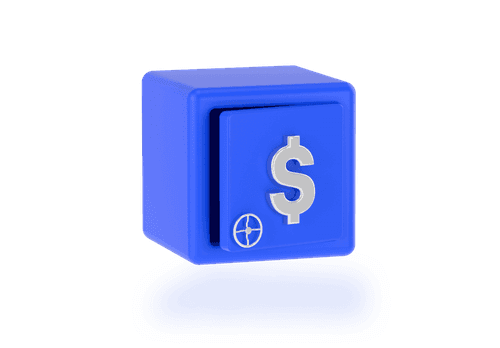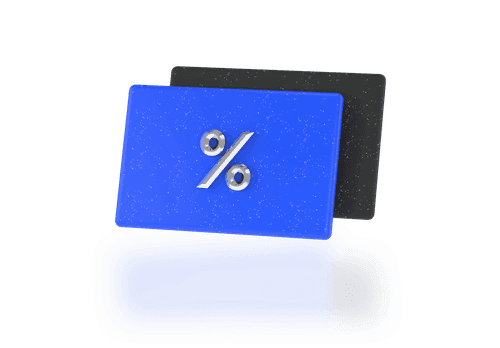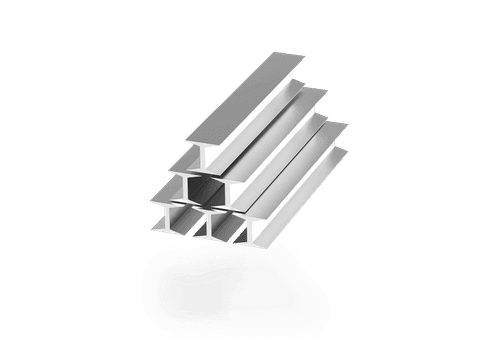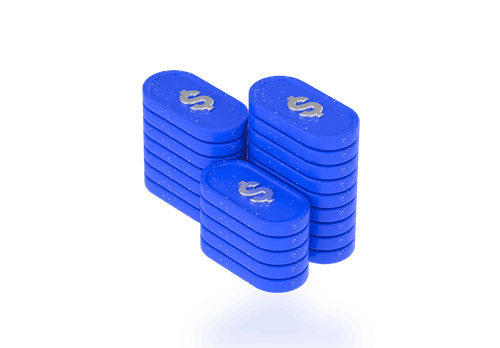Intermediate
What Is Leverage and Margin in Trading

The world of trading offers more than just buying and selling assets. As you build your investing knowledge, you'll hear the terms "leverage" and "margin" thrown around. These might sound intimidating, but they hold the key to boosting your trading power.
Imagine being able to control larger trades without needing to invest all the money yourself. That's the potential of leverage and margin. Think of them as tools that can amplify your returns – but remember, they also magnify the risks involved.
In this article, we'll break down these concepts, explain how they work, and show you real-world examples. By the end, you'll understand:
- The fundamentals of leverage and margin;
- How to use them strategically in your trades;
- The potential risks and rewards.
Important note: leverage and margin trading are advanced techniques. While they offer exciting opportunities, they're best suited for investors with experience and a strong understanding of market dynamics.
What is Leverage and How Does it Work?
Imagine you spot an investment opportunity with a stock you believe is about to take off. You have $1,000, but that only buys a small number of shares. This is where leverage comes in. Leverage is like getting a loan from your broker to magnify your buying power. Let's say the broker offers 5:1 leverage. With your $1,000, you can now control a position worth $5,000. It's like putting down a $1,000 deposit on a car, but being able to drive away with a $5,000 vehicle. If the stock price rises, you'll make much more money than you would have with just your initial investment.
For example, if the stock price goes up by 10%, you would earn a 10% profit on your $1,000 investment, which is $100. But with leverage, your 10% gain applies to the entire $5,000 position, meaning you'd earn a $500 profit – a much bigger return.
However, leverage is a double-edged sword. If the stock price goes down instead, your losses are also magnified. In the same scenario where the stock price drops 10%, you would lose $100 on a non-leveraged investment. But with leverage, that 10% loss translates to a $500 loss on your $5,000 position.
This is why leverage is best suited for experienced traders who understand the risks involved and have strategies to manage them.
What is Margin Trading?
Margin trading is the practice of borrowing funds from a broker to purchase assets like stocks, bonds, or cryptocurrencies. The money you put down initially to open these trades acts as collateral and is called your "margin." This lets you take on larger positions than you could afford with your own capital.
Think of margin as a down payment. When you buy a house on a mortgage, you put down a portion of the price, and the lender provides the rest. Similarly, when you trade on margin, your broker extends a line of credit, allowing you to control a larger investment.
Let's use an example. Suppose you want to purchase $5,000 worth of a promising company's stock, but you only have $1,000 readily available. With a margin account, your broker might allow you to use your $1,000 as the margin and lend you the remaining $4,000. Now you can buy those shares and potentially gain from a larger investment.
Margin trading allows traders to access larger trades with less initial capital. It carries the potential for increased returns, but it involves a high level of risk due to amplified losses and additional costs like interest.
Calculating Leverage and Margin
Understanding how to calculate leverage and margin is essential if you're considering these trading techniques. First, let's define two important terms:
- Leverage Ratio: This tells you how much larger your trading position is compared to your own invested money. For example, a 10:1 leverage ratio means you can control a trade ten times the size of your initial investment.
- Margin Requirement: This is the percentage of the total trade value that you must put up as your own deposit. A 10% margin requirement means you need to provide 10% of the total position size as upfront capital.
To calculate your leverage ratio, first determine the total value of your desired trade. Then, divide that amount by the capital you're personally investing (this is your margin). For instance, if you want to buy $5,000 worth of stock and you put down $1,000 of your own money, your leverage ratio would be 5,000 / 1,000 = 5:1.
Calculating your required margin starts with knowing the leverage offered by your broker (for example, 10:1). Invert this ratio (10:1 becomes 1/10 = 0.10 or 10%). This gives you your margin requirement as a percentage. Finally, multiply the total value of your trade by the margin requirement. For instance, on a $5,000 trade with a 10% margin requirement, you would need a margin deposit of $5,000 x 0.10 = $500.
Different Uses of Leverage and Margin
Leverage and margin are two tools traders use to increase their buying power.
✅ When to use leverage:
When you are confident in a price increase: With a small amount in your account, leverage allows you to buy more shares and potentially make a larger profit.
Example:
- Stock XYZ is priced at $10.
- You have $1000.
- Without leverage, you can buy 100 shares.
- With 10:1 leverage, you can buy 1000 shares.
- If the price of XYZ stock increases by 10%, your profit without leverage is $100.
- With leverage, your profit is $1000.
✅ When to use margin:
When you want to diversify your portfolio: Margin allows you to buy more shares of different companies, thereby reducing risks.
Example:
- You have $10,000.
- You can buy 100 shares of company XYZ at $100 each.
- Using margin, you can buy 200 shares of XYZ at $100 each and 100 shares of company ABC at $50 each.
❌ When not to use leverage and margin:
When you are unsure about the market: When using leverage and margin, your losses can be significantly greater than your investments.
Example:
- Stock XYZ is priced at $10.
- You have $1000.
- With 10:1 leverage, you can buy 1000 shares.
- If the price of XYZ stock falls by 10%, your loss is $1000.
- This means you lose all your investment.
Conclusion
Leverage and margin are powerful tools that can amplify your trading returns. However, they carry a high degree of risk. If used without a clear understanding of the markets and proper risk management, these tools can quickly lead to substantial losses. Before incorporating leverage and margin into your trading, do your research, thoroughly understand the risks involved, and develop a sound trading strategy. And always remember, never risk more than you can comfortably afford to lose.



















